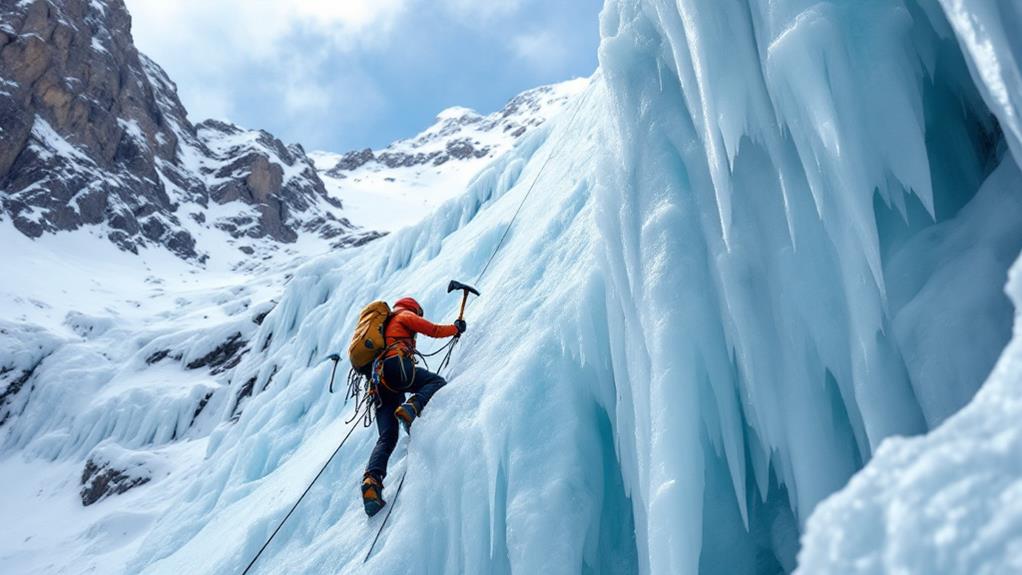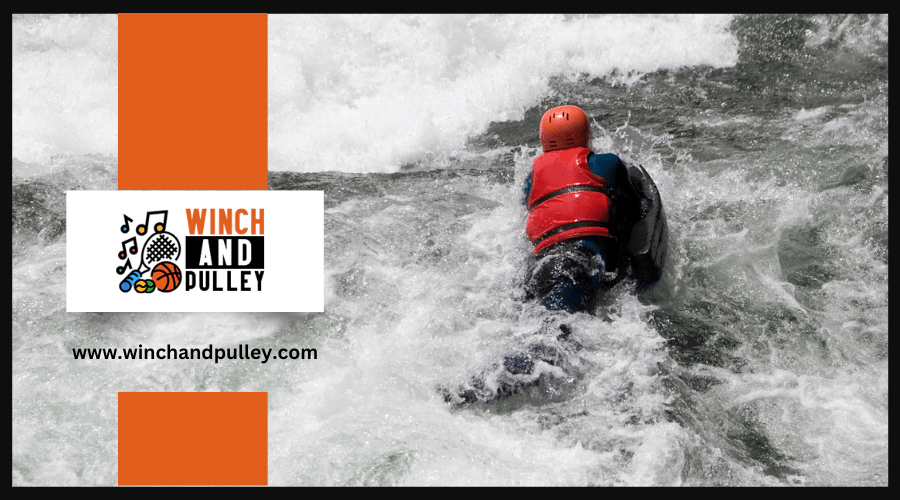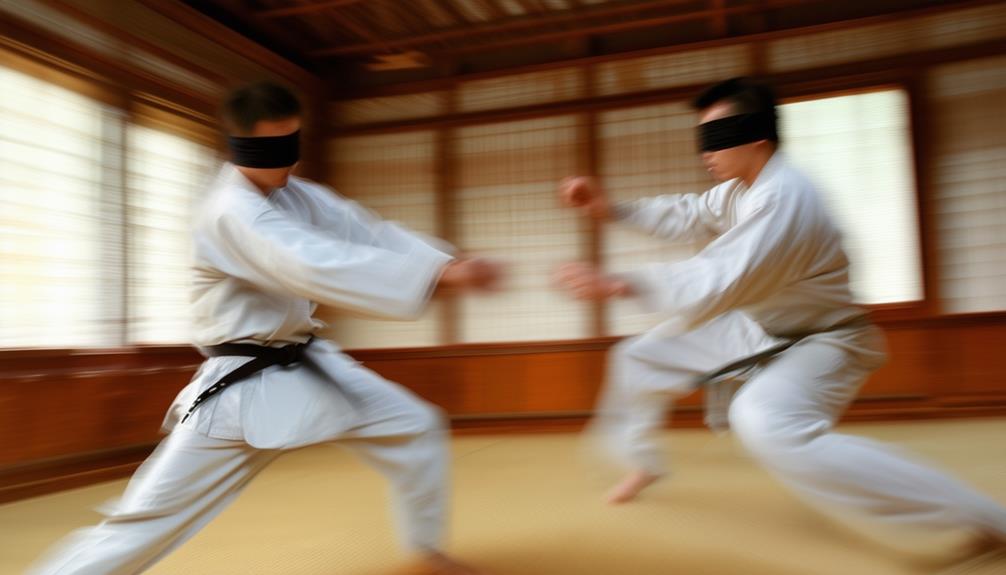Bouldering: Climbing Small Rock Formations Without Ropes
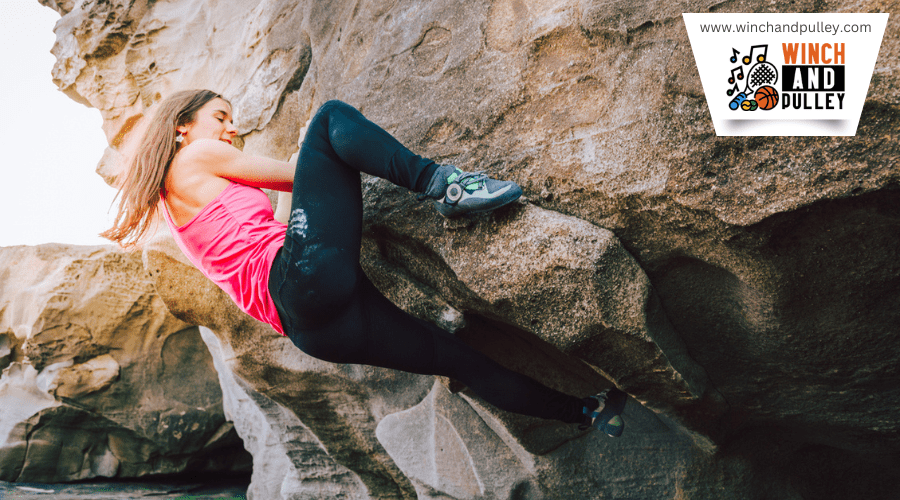
Imagine standing before a rock face, your hands chalked up and your climbing shoes snug, ready to tackle a series of holds without the security of a rope. Bouldering challenges not only your physical strength but also your mental focus and problem-solving skills.
You'll explore essential equipment, techniques that can make or break your ascent, and the allure of both indoor and outdoor climbing. Before you embark on this adventure, consider the uniquely thrilling experiences that await you in the world of bouldering.
Key Takeaways
Bouldering involves climbing rock formations up to 20 feet high without ropes or harnesses. Climbers use crash pads and spotters to mitigate the risk of falls. Essential gear includes climbing shoes, chalk, and brushes for maintaining grip on holds. This activity focuses on short, intense climbing routes that challenge both strength and problem-solving skills. Bouldering can be practiced indoors at climbing gyms or outdoors on natural rock formations.
What Is Bouldering?
Bouldering is a form of climbing that involves scaling small rock formations or indoor walls, typically up to 20 feet high, without the use of ropes or harnesses. This type of climbing focuses on short, intense routes, known as 'problems,' that challenge both your physical strength and problem-solving skills. Unlike traditional rock climbing, bouldering routes are generally less than 20 feet, making them both accessible and demanding.
Essential equipment for bouldering includes a crash pad and climbing shoes. The crash pad cushions your falls, while climbing shoes provide the necessary grip for tackling small rock formations. Whether you're bouldering outdoors on natural rock or indoors on artificial climbing walls, these tools are crucial for safety and performance.
Indoor climbing gyms have become popular venues for bouldering, offering controlled environments where climbers can practice and improve their technique. These gyms feature a variety of routes tailored to different skill levels, allowing climbers to progressively challenge themselves.
Bouldering isn't just about physical strength; it also builds stamina and enhances problem-solving abilities. Each climb requires perseverance and a strategic approach, making bouldering a rewarding and engaging sport.
Essential Equipment
Equipping yourself with the right gear is crucial for both safety and performance in bouldering. Start with a good pair of climbing shoes, designed for precision and grip on small holds. These shoes are essential for maintaining stability and control on challenging routes. Next, chalk is necessary. It keeps your hands dry, ensuring your grip strength remains consistent as you ascend. A solid grip can make all the difference, especially on tricky climbs.
Crash pads are another essential piece of bouldering equipment. They provide a cushioned landing surface, minimizing the impact of falls. Always position them strategically to maximize safety. Brushes should also be in your kit. They're used to clean holds and remove excess chalk, improving both grip and visibility. A clean hold is easier to grab and less likely to cause slips.
Lastly, don't forget skincare kits. Bouldering can be tough on your hands, and maintaining healthy hands is crucial. These kits help prevent skin injuries and keep your hands in top condition for climbing. With the right gear, you'll be well-prepared for any bouldering challenge.
Techniques and Movements
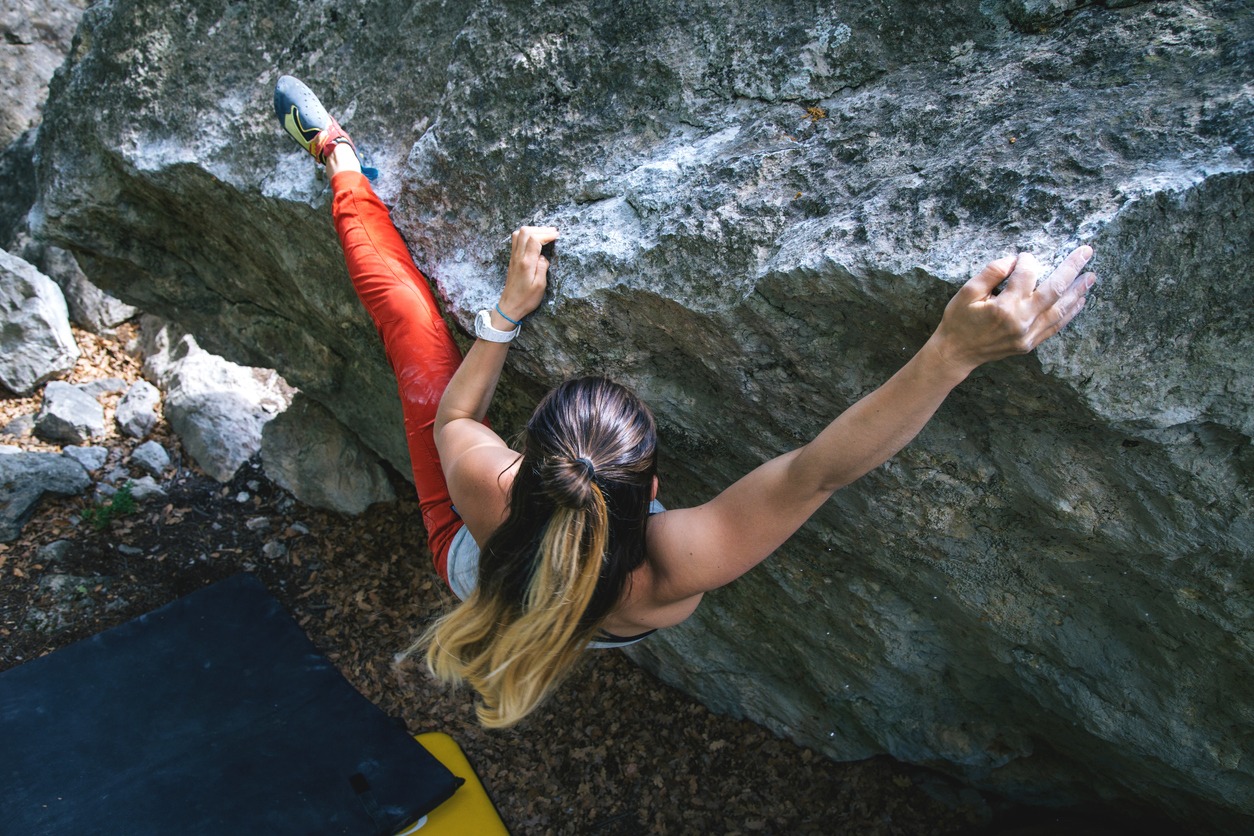
Mastering techniques and movements is essential for conquering bouldering challenges. To excel, you need to understand dynamic movements like power jumps and dynos, which require explosive energy to reach distant handholds. These moves demand precise footwork and careful body positioning to maintain balance and control.
Focusing on small, intricate movements and body positions is important. Knowing how to use heel hooks and toe hooks can make a significant difference. These techniques help secure your position on the rock, allowing you to utilize your body weight effectively. Mantling, which involves pushing down on a hold to shift your weight upward, is another crucial movement for overcoming obstacles.
Visualize these key concepts:
- Dynamic Movements: Imagine leaping from one tiny hold to another, using all your power.
- Handholds: Picture gripping small edges (crimps) or smooth surfaces (slopers) with varying techniques.
- Footwork: Think about the precision needed to place your feet perfectly on each tiny hold.
Indoor Vs Outdoor Bouldering
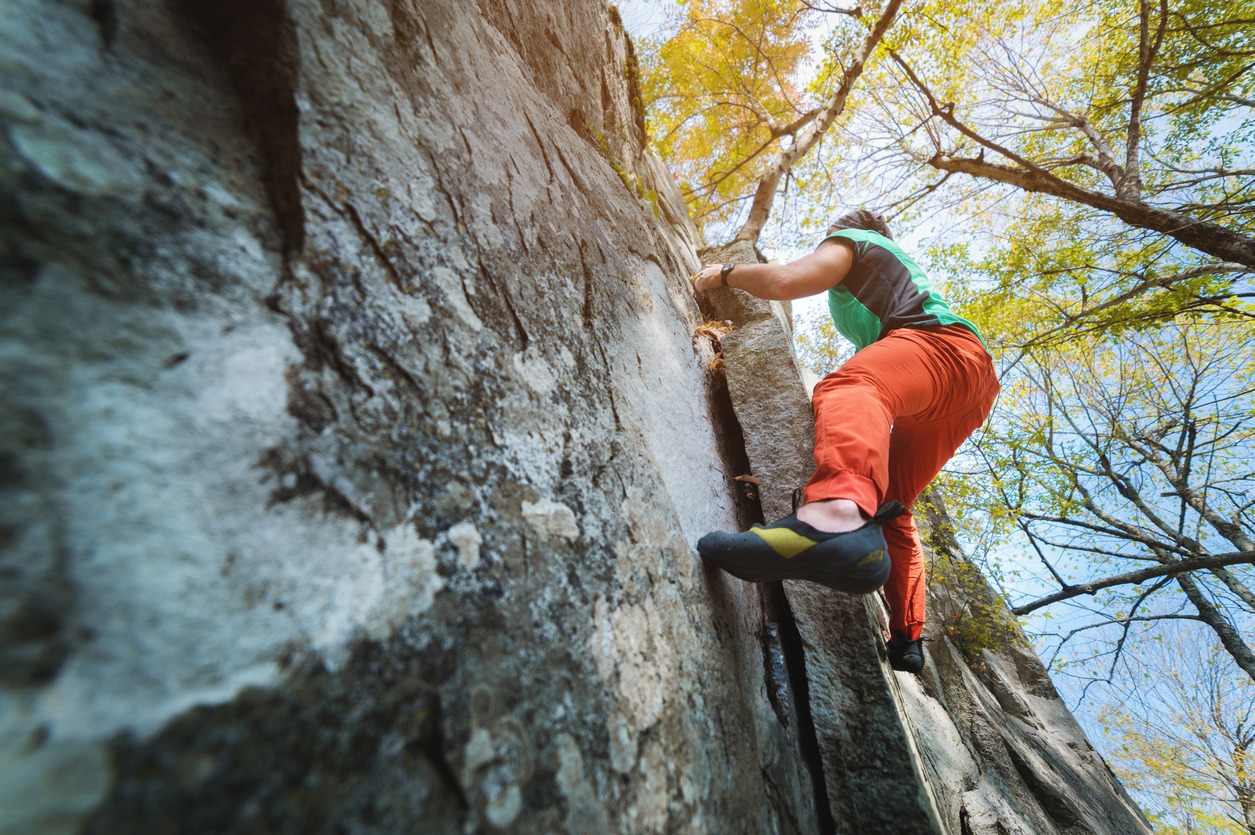
Mastering your techniques and movements is crucial, but choosing between indoor and outdoor bouldering can significantly shape your climbing experience. Indoor climbing typically occurs on artificial walls in climbing gyms, providing a controlled environment to practice and hone your skills. These gyms benefit from regular route updates by route setters, ensuring a constant influx of new challenges. Additionally, they offer a convenient, weather-independent option, allowing year-round climbing regardless of external conditions.
Conversely, outdoor bouldering immerses you in natural rock formations, offering a completely different set of challenges and experiences. Outdoor climbing spots feature varied settings, from boulders to cliffs, presenting opportunities to navigate unique obstacles and terrains. These natural environments demand adaptability as you deal with different textures, holds, and weather conditions, which aren't replicable on artificial walls.
Both indoor and outdoor bouldering have distinct advantages. Indoor climbing provides a consistent environment to refine your skills, while outdoor bouldering delivers the thrill and unpredictability of nature, compelling you to adapt and grow as a climber.
Safety and Best Practices
Ensuring safety in bouldering involves using crash pads and having spotters to guide your descent. Crash pads are essential; they cushion falls and reduce the risk of injury. Spotters help direct your fall toward the pads, ensuring a safer landing.
To minimize injuries, practice proper falling techniques, such as rolling or landing on your feet to better absorb the impact. Always warm up before bouldering to prevent strains and injuries. A good warm-up includes stretching and light climbing to prepare your muscles.
Respect climbing etiquette by yielding to other climbers and waiting your turn on popular routes. This keeps everyone safe and ensures a pleasant experience. Maintaining your bouldering equipment is crucial. Regularly check your crash pads for wear and tear, and ensure your climbing shoes are in good condition. Damaged equipment can compromise safety.
Key safety practices include:
- Crash pads: Place them strategically to cover potential fall zones.
- Spotters: Have them guide your descent.
- Warm up: Stretch and climb lightly before tackling difficult routes.
Frequently Asked Questions
What Is Rock Climbing Without Ropes Called?
It's called bouldering. This type of climbing involves ascending short rock formations without the use of ropes or harnesses. Instead, climbers focus on powerful, technical moves, relying on their strength, technique, and problem-solving skills. This makes each climb both intense and creatively challenging.
Is It Legal to Free Solo El Capitan?
Yes, it is legal to free solo El Capitan. However, you must adhere to all park regulations and safety guidelines. Ensure you are highly experienced, physically fit, and mentally prepared. It is advisable to consult with experienced climbers and prioritize safety at all times.
What Is Arete Bouldering?
Arete bouldering involves climbing the edge where two rock faces converge. It requires balance, precise technique, and accurate footwork. Climbers use handholds and footholds to navigate this sharp edge, encountering unique movements and varying levels of difficulty.
Why Do People Rock Climb Without a Harness?
People rock climb without a harness to experience greater freedom of movement and a more intimate connection with the rock. This style of climbing places a strong emphasis on technique, strength, and problem-solving skills. It significantly heightens both the physical and mental challenges, requiring intense concentration and precise control.
Conclusion
Are you ready to dive into the world of bouldering? With the right gear, solid techniques, and a focus on safety, you'll soon be scaling both indoor and outdoor rock formations. Embrace the challenges, enjoy the thrill, and reap the unique rewards that bouldering offers.
Don't wait—grab your climbing shoes, chalk up, and start your adventure today!

